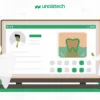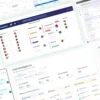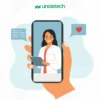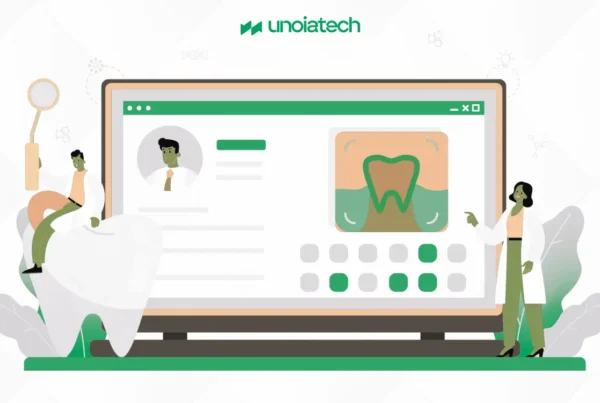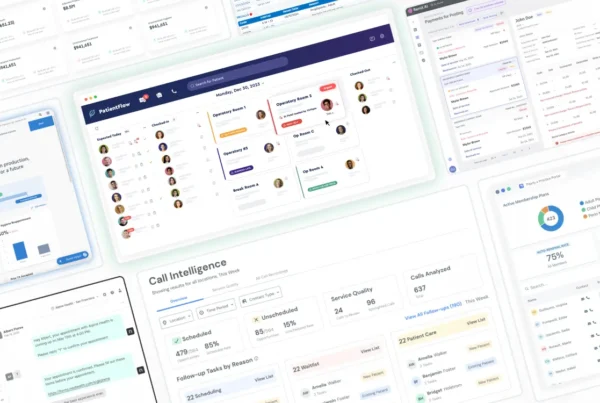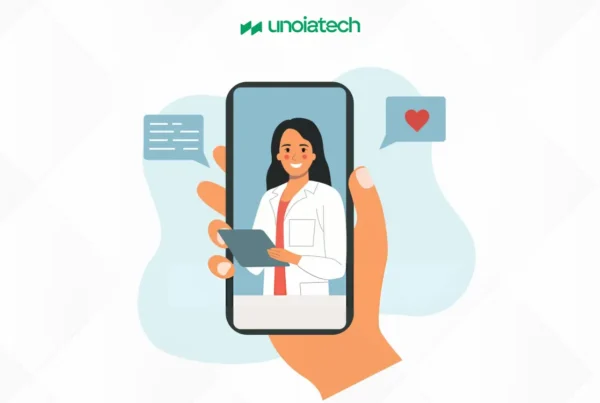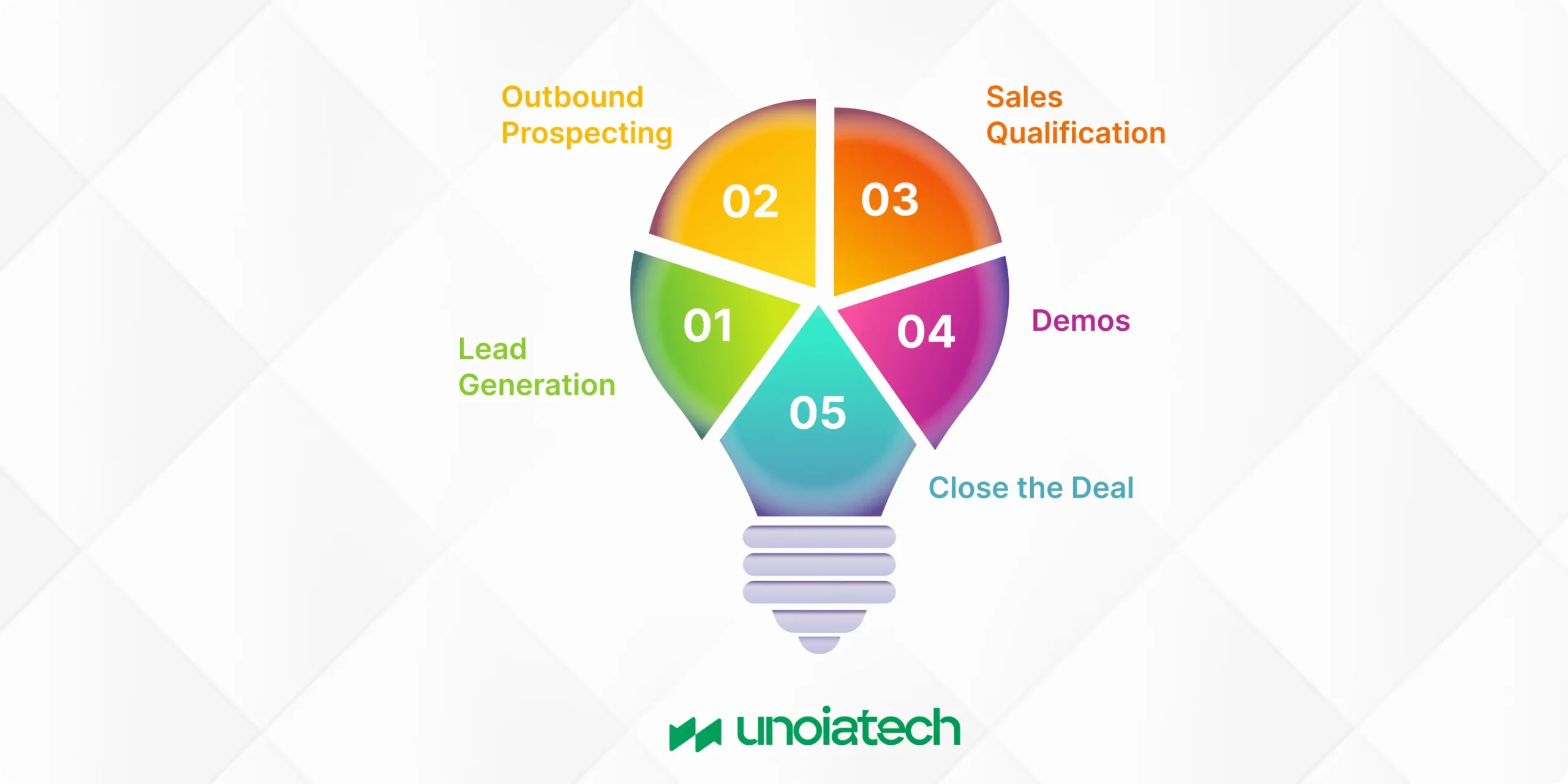
The SaaS industry is a booming market, projected to grow at a compounded annual growth rate of 11% from 2022 to 2028. By 2028, the SaaS industry could be valued at over $344 billion globally, making it one of the fastest-growing sectors worldwide. This isn’t just a U.S. service model either. When it comes to SaaS, countries around the world are active potential customers.SaaS (Software-as-a-Service) allows companies to access cloud-based software through a subscription model, enabling businesses to keep up with innovation without large upfront investments. This business model provides recurring revenue through annual or monthly payments, which are critical to a company’s growth. To succeed in sell SaaS B2B, it is crucial to have a solid product and a winning sales strategy. Below is a detailed 5-step plan that can guide you through the process.
Introduction to B2B SaaS Sales
SaaS operates differently from traditional product-based sales. It requires a unique approach tailored to meet the needs of companies purchasing cloud-based software solutions. With the SaaS market expected to reach $307.3 billion by 2026, there’s a huge opportunity for growth, but businesses must be strategic in their sales approach. The key is to optimize your sales team’s skills and focus on attracting the right clients. By understanding how B2B SaaS sales differ from other industries, your team can fine-tune their strategy to excel in this dynamic market.
How B2B SaaS Sales Differ from Other Sales Approaches
B2B SaaS sales have unique characteristics that differentiate them from other industries, most notably in the recurring revenue model and the importance of churn rates. SaaS businesses often rely on monthly or annual subscriptions, which generate recurring revenue. This means that customer retention and reducing churn are crucial for long-term success. Additionally, the onboarding process plays a critical role in customer satisfaction. If new customers are not properly onboarded, they are likely to cancel during the trial period. The sales cycle is also longer in SaaS, involving more complex integrations, and metrics such as customer lifetime value and acquisition cost are essential to understanding the return on investment.

Step 1: Lead Generation
The first step in any SaaS sales strategy is lead generation. This is where potential customers are identified and engaged. To successfully sell SaaS B2B, focus on finding companies that can benefit from your product or service. These leads are often generated through methods such as pay-per-click (PPC) advertising, webinars, and content marketing. For SaaS companies, it’s vital to build credibility early on by offering high-value content and educational materials. Your lead generation efforts should emphasize the product’s return on investment (ROI) to attract serious buyers.
Key Strategies for Lead Generation:
- Implement targeted PPC campaigns
- Host educational webinars and seminars
- Leverage content and referral marketing
- Build trust through social media marketing
Step 2: Outbound Prospecting
Outbound prospecting is the proactive process of reaching out to potential customers, a critical component in SaaS sales. Unlike inbound leads, outbound efforts require your sales team to seek out target clients who may not be actively searching for a solution. Cold-calling and personalized emails are common strategies used to generate interest in your SaaS product. LinkedIn and other social media networks are also valuable tools for finding and engaging with prospects. The key to success in outbound prospecting is persistence and relationship building.
Effective Outbound Prospecting Techniques:
- Cold-call high-potential prospects
- Utilize email marketing to establish connections
- Engage with leads on professional networks like LinkedIn
Step 3: Sales Qualification
To ensure efficiency, your sales team must quickly qualify leads to determine if they are a good fit for your SaaS solution. Not every lead is ready to purchase, and qualifying them early helps you focus on prospects with the highest potential for conversion. This process involves asking specific questions to gauge the company’s challenges, budget, and past experiences with similar products. By identifying these key factors, your team can focus its efforts on the most promising leads, improving sales outcomes and ROI.
Steps in Sales Qualification:
- Identify the customer’s key challenges and goals
- Assess the company’s budget and willingness to invest
- Review their history with similar SaaS products
Step 4: Demos
Demos are a pivotal part of the SaaS sales process, giving potential customers a hands-on experience with your product. A well-executed demo showcases how your solution can address the specific needs of the prospect. Demos should be customized to highlight the features most relevant to the customer, offering a personalized experience that speaks directly to their business needs. At this stage, the sales team should also provide ongoing support, answering questions and addressing any concerns the prospect may have. This approach not only boosts confidence but also helps move the prospect closer to making a purchase decision.
Key Demo Strategies:
- Tailor the demo to address the client’s pain points
- Provide live support and feedback throughout the demo
- Answer questions to resolve any potential objections
Step 5: Close the Deal
The final step in selling SaaS B2B is closing the deal. After going through the demo and addressing all the client’s concerns, it’s time to negotiate contract terms and get a signed agreement. Closing the deal may involve finalizing pricing, discussing subscription tiers, or setting up long-term contracts. Successful closings rely on a clear understanding of the client’s needs and aligning the service offering with their budget and expectations. By the end of this step, your goal is to have the customer committed to a subscription, securing recurring revenue for your business.
Steps to Successfully Close Deals:
- Finalize contract terms and negotiate any final details
- Align the service package with the customer’s needs
- Ensure the client is ready to move forward with a subscription
Bonus: Pre-Selling Your SaaS Product
Pre-selling is a smart way to secure funding and early customer commitment before your product is fully developed. Many early adopters are willing to invest in the promise of a solution that meets their needs, and this funding can help offset development costs. Pre-selling offers a unique opportunity to gather initial feedback and build excitement around your product, giving you a head start in the market.
Understanding Important SaaS Sales Metrics
A crucial aspect of mastering SaaS sales is tracking the right performance metrics. These metrics help you fine-tune your sales funnel, ensuring your approach is both effective and efficient. Below are the most important SaaS sales metrics to keep in mind:
- Average Revenue per User (ARPU): Measures the average revenue generated per user, either monthly or yearly.
- Customer Lifetime Value (CLTV): This is the total revenue you can expect from a customer during their relationship with your company.
- Customer Acquisition Cost (CAC): Refers to the total cost involved in acquiring a new customer, including marketing and sales expenses.
- Churn Rate: The percentage of customers who cancel their subscription during a specific period. Reducing churn is essential for sustained growth.
- Payback Period: The time it takes to recover the CAC from a customer’s recurring payments.
- Annual Recurring Revenue (ARR): The total revenue that a company expects to receive from subscriptions over a year.
Creating an Effective B2B SaaS Sales Strategy
To successfully scale your SaaS business, it’s important to adopt a forward-thinking, data-driven approach. Monitoring growth, churn, and SaaS marketing performance is key to aligning with long-term goals. Here are some tips for developing a solid SaaS sales strategy:
- Target Market Focus: Define a specific and highly focused target market. Understand how your product solves the problems of this niche.
- Unique Value Proposition: Highlight compelling reasons why your product outperforms the competition. Ensure this value is clear and easy to see.
- Brand Positioning: Build a strong brand with well-defined attributes and features that resonate with your target audience.
- Market Expansion: Explore new industries and markets once your core strategy has gained traction.
- Onboarding & Customer Support: Prioritize a smooth onboarding process and offer stellar customer support to maximize customer retention and lifetime value.
FAQs
What Is the Typical Duration of a SaaS Sales Cycle?
On average, the SaaS sales cycle lasts around 84 days. Companies with an average contract value (ACV) under $5,000 tend to have a shorter cycle of about 40 days, while those with an ACV over $100,000 may take up to 170 days.
How to Monitor B2B SaaS Sales Throughout the Process?
Monitor the B2B SaaS sales cycle using key metrics, such as:
- Average purchase value
- Average purchase frequency
- Average customer lifetime spend
- Average customer value
- Average customer lifespan
How to Identify the Right Target Audience for Your B2B SaaS Solution?
Focus on the problem-solution model to identify your target audience. Look for companies or industries where your product solves a critical issue. Factors to consider include industry type, company size, employee count, and business trends related to revenue and sales.
Ready to Build Your Own SaaS Success Story?
At Unoiatech, we specialize in helping businesses bring their SaaS vision to life. Whether you’re looking to scale, optimize, or launch from scratch, our team has the expertise to make it happen. Want to see how we helped one of our clients build a $900M SaaS product? Check out our case study here and discover how we can do the same for you.


